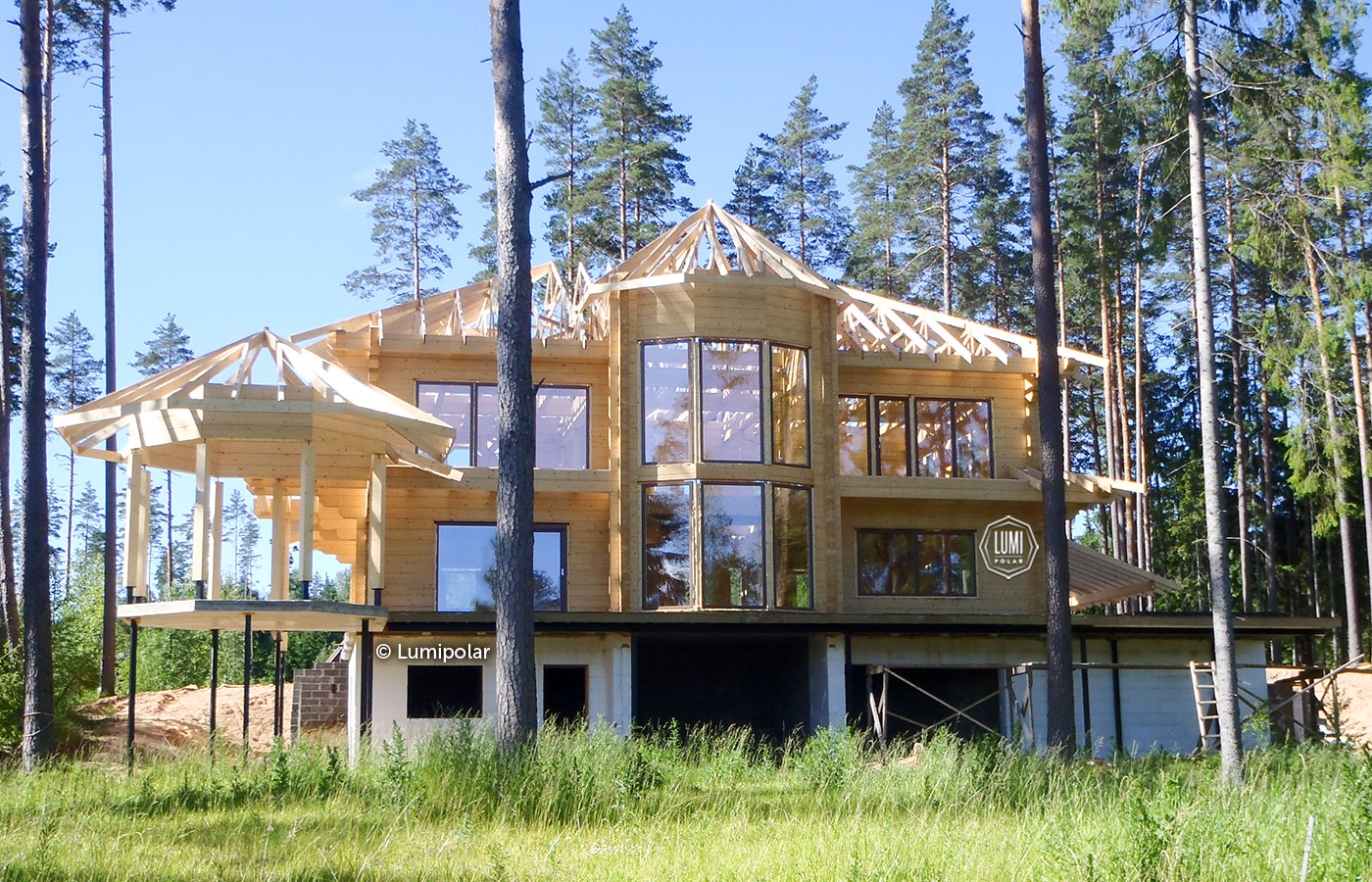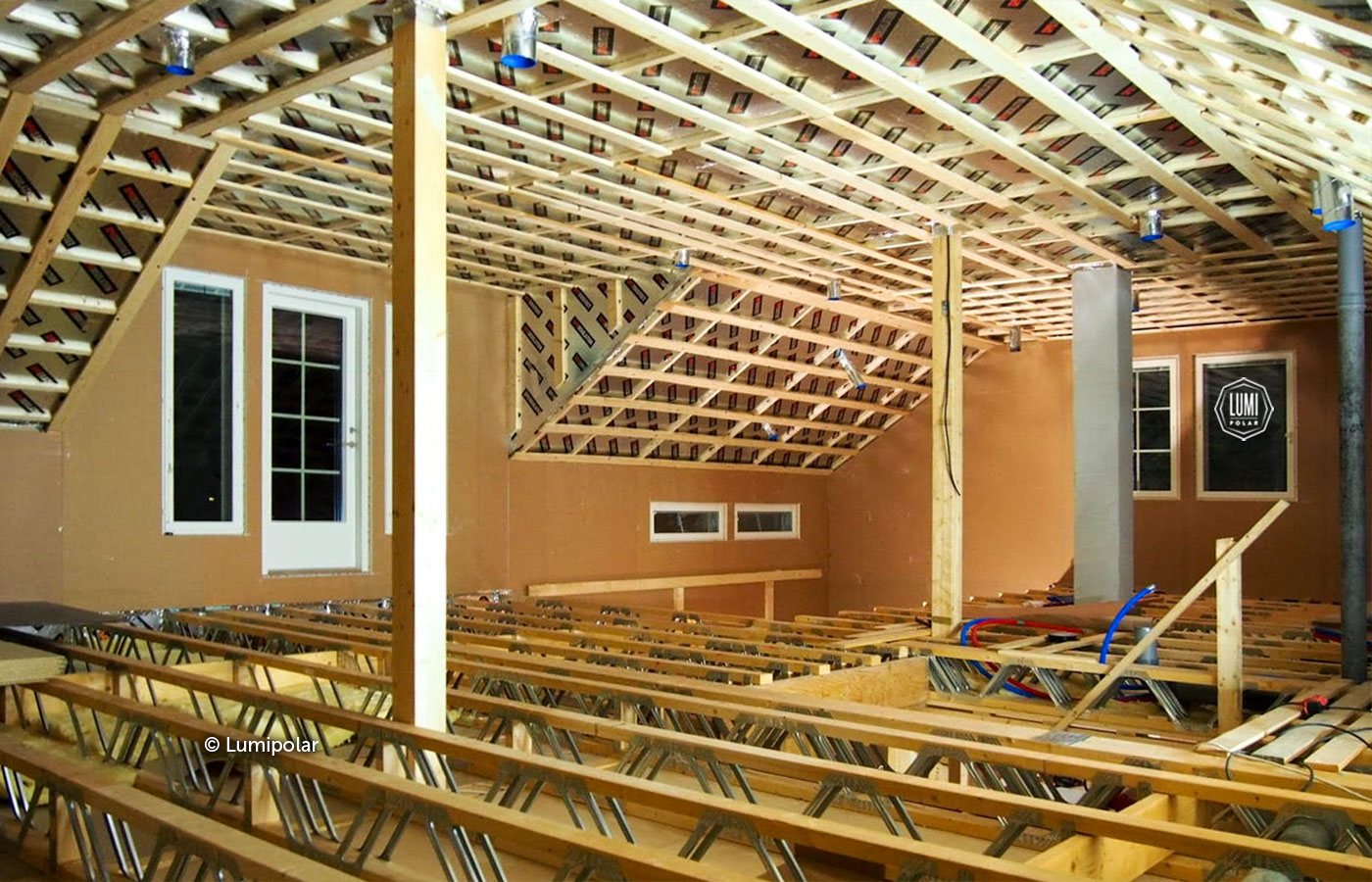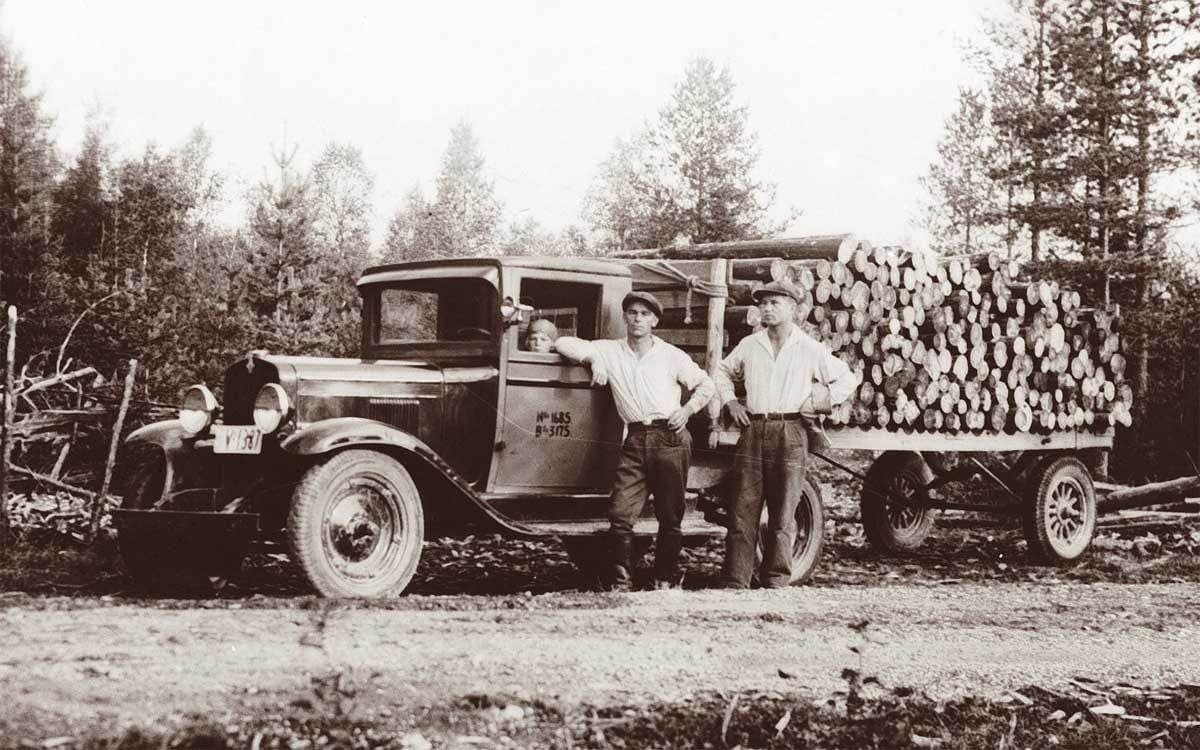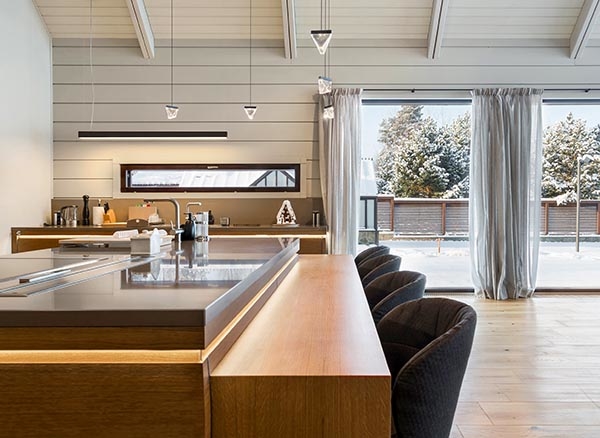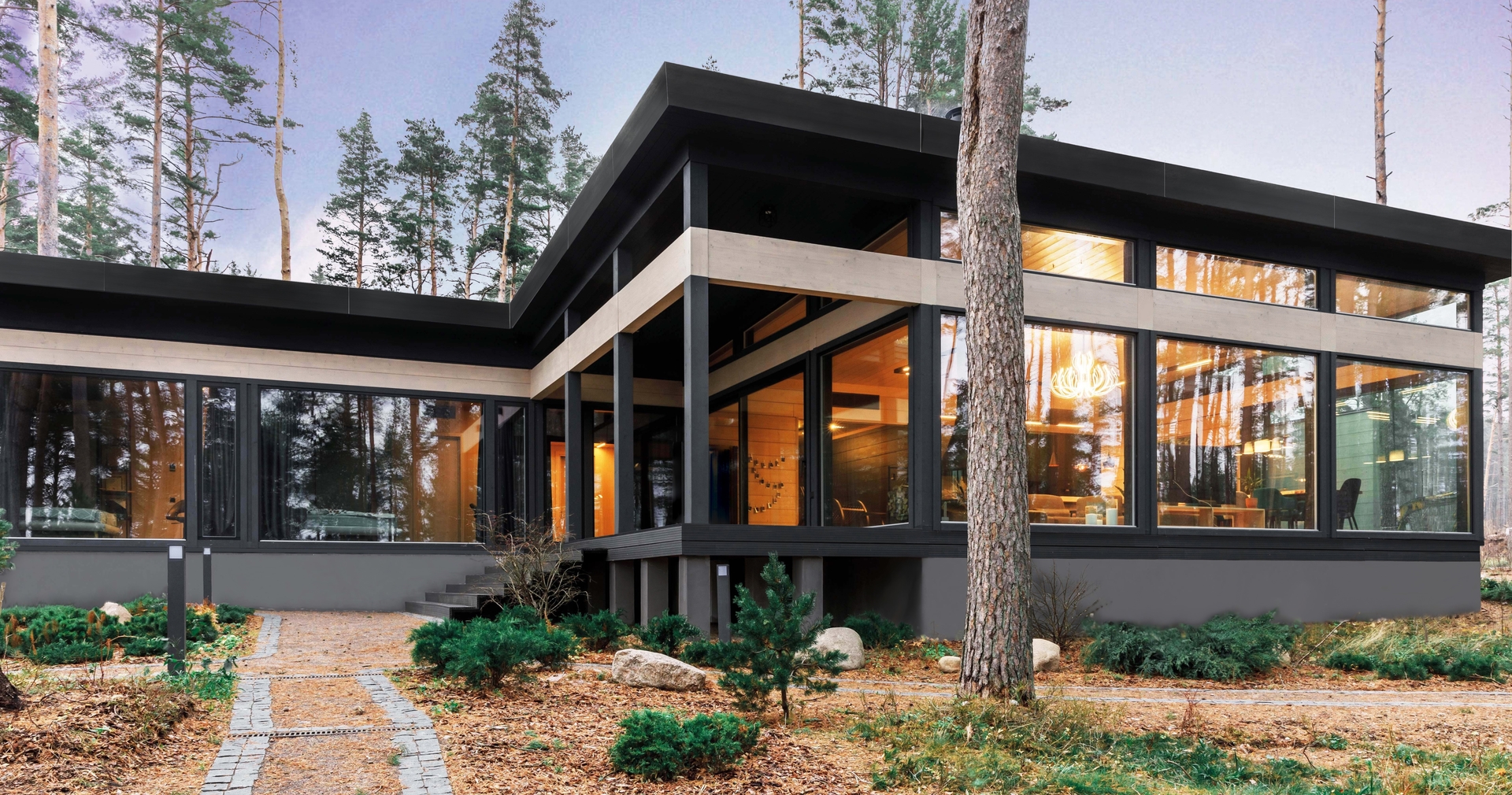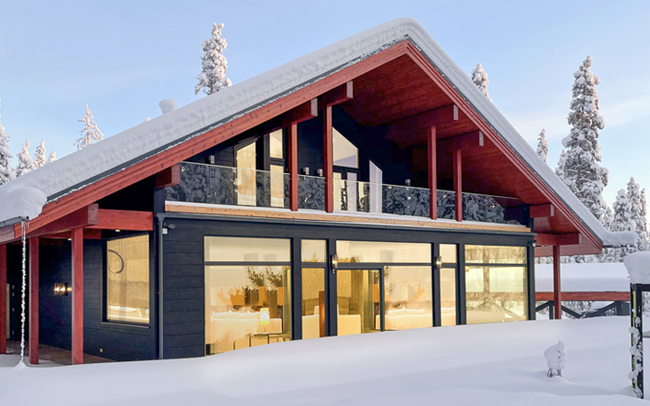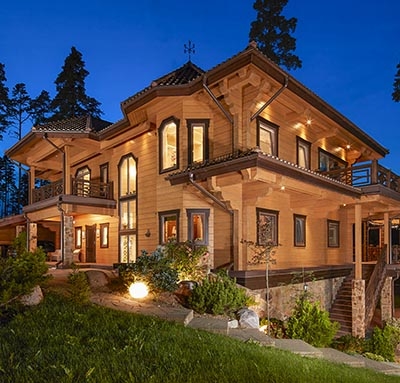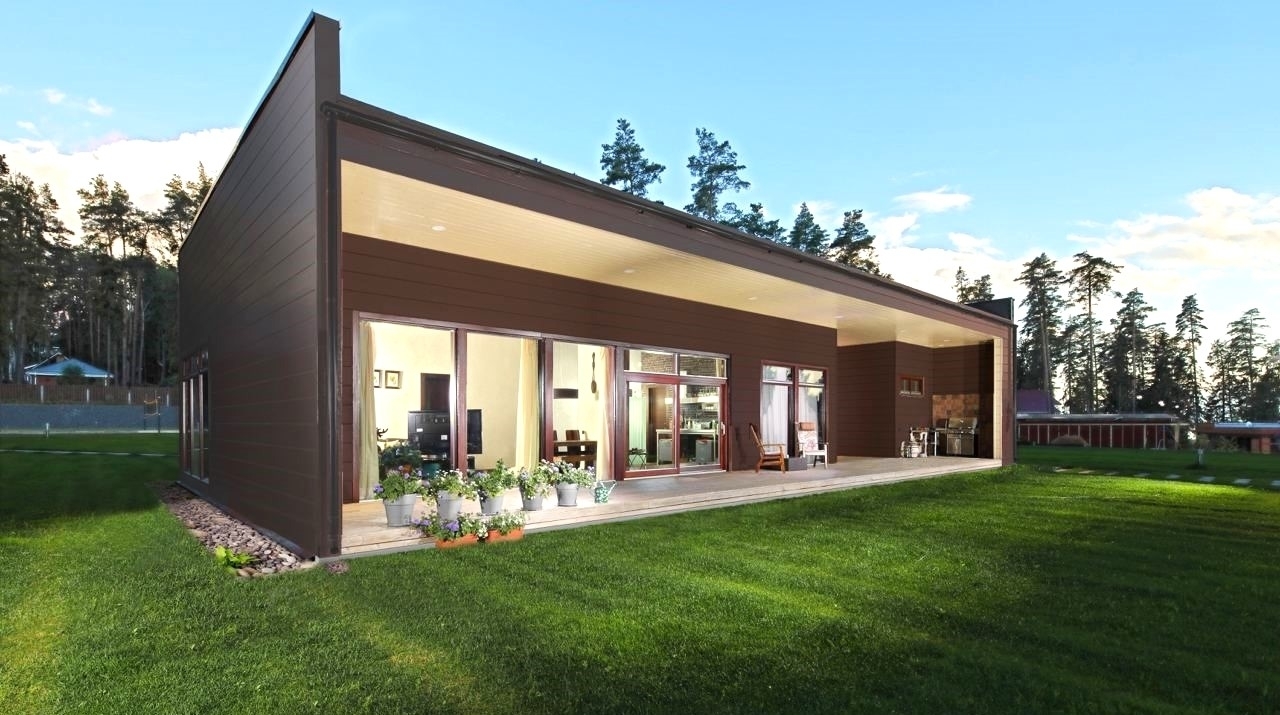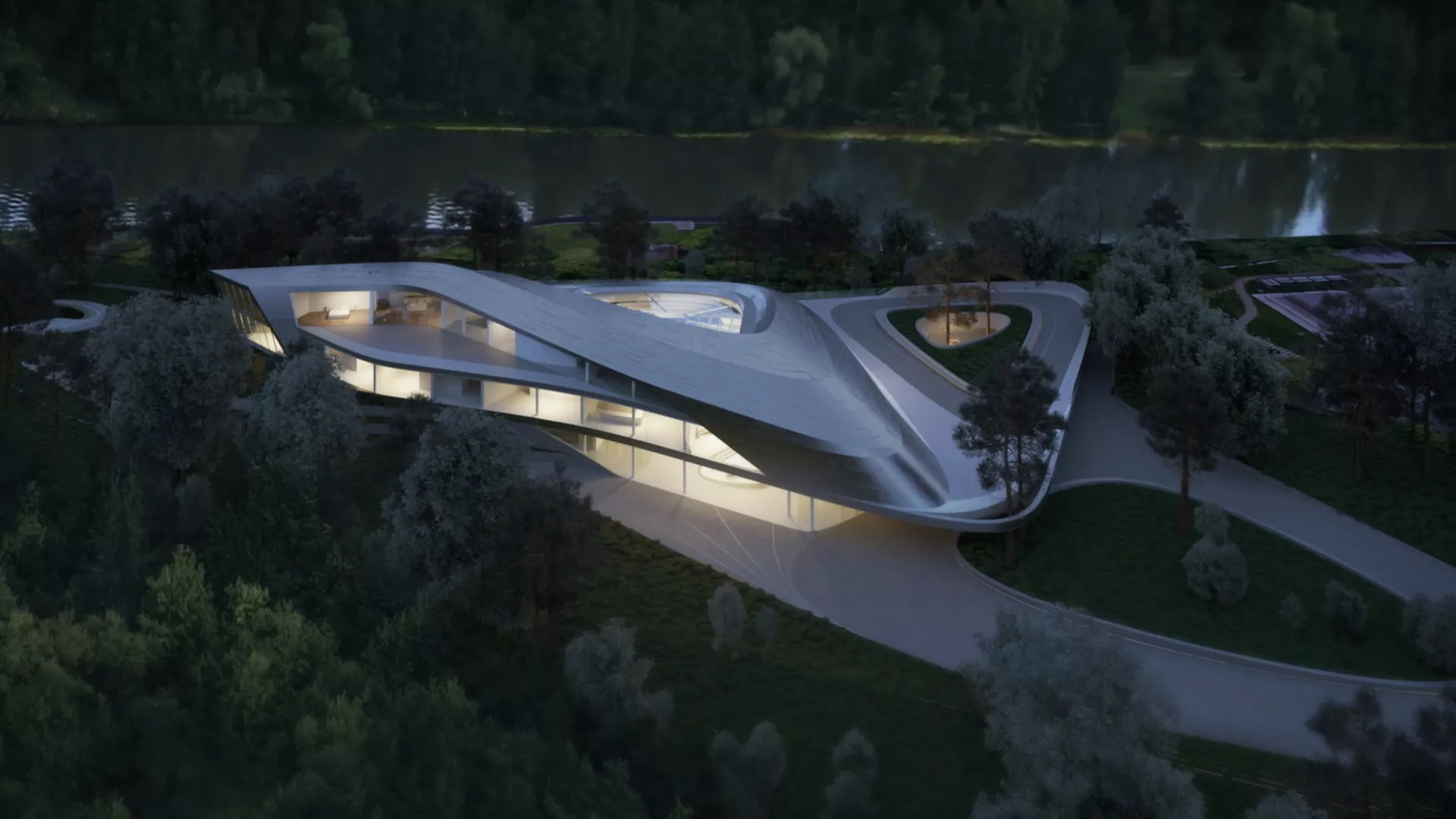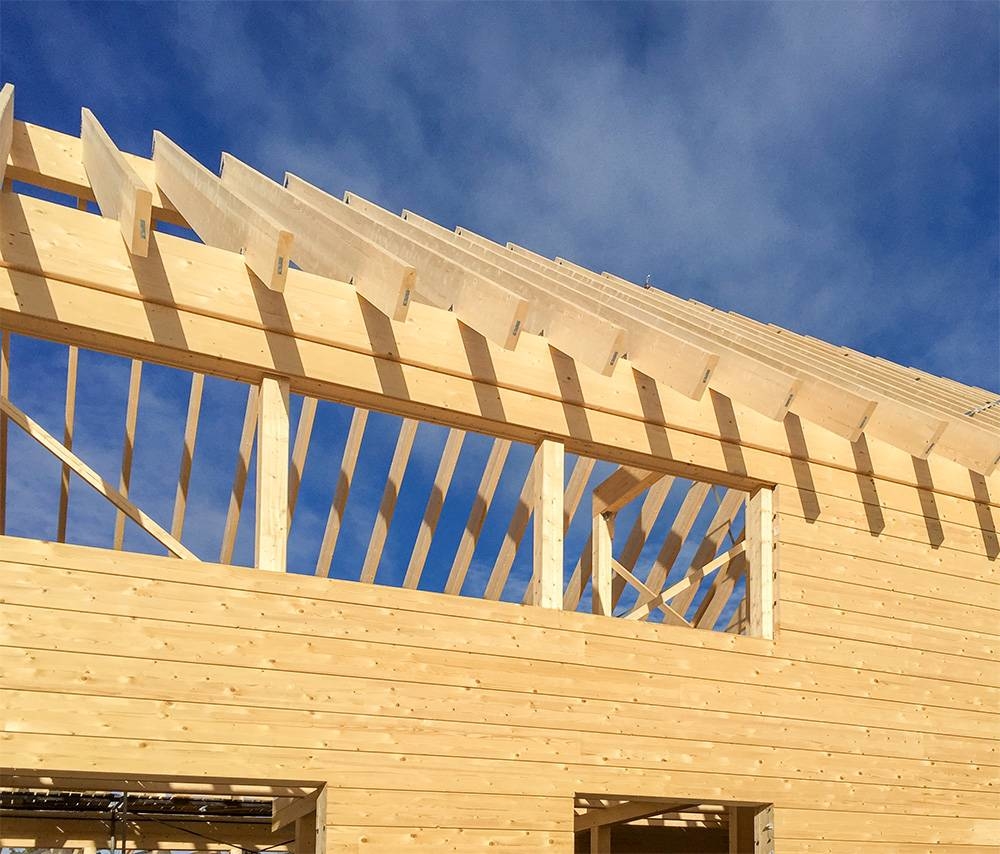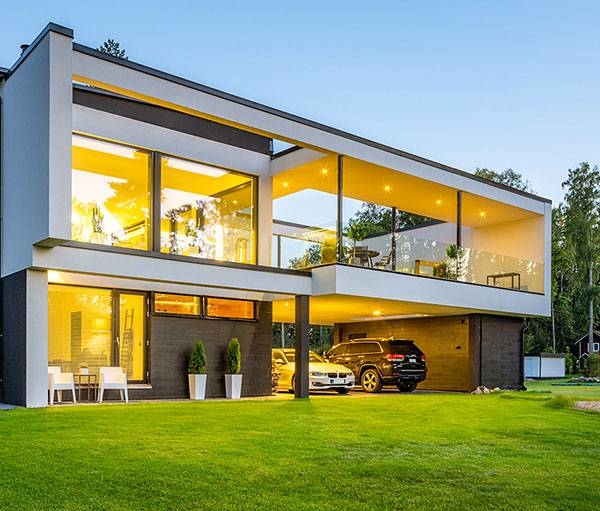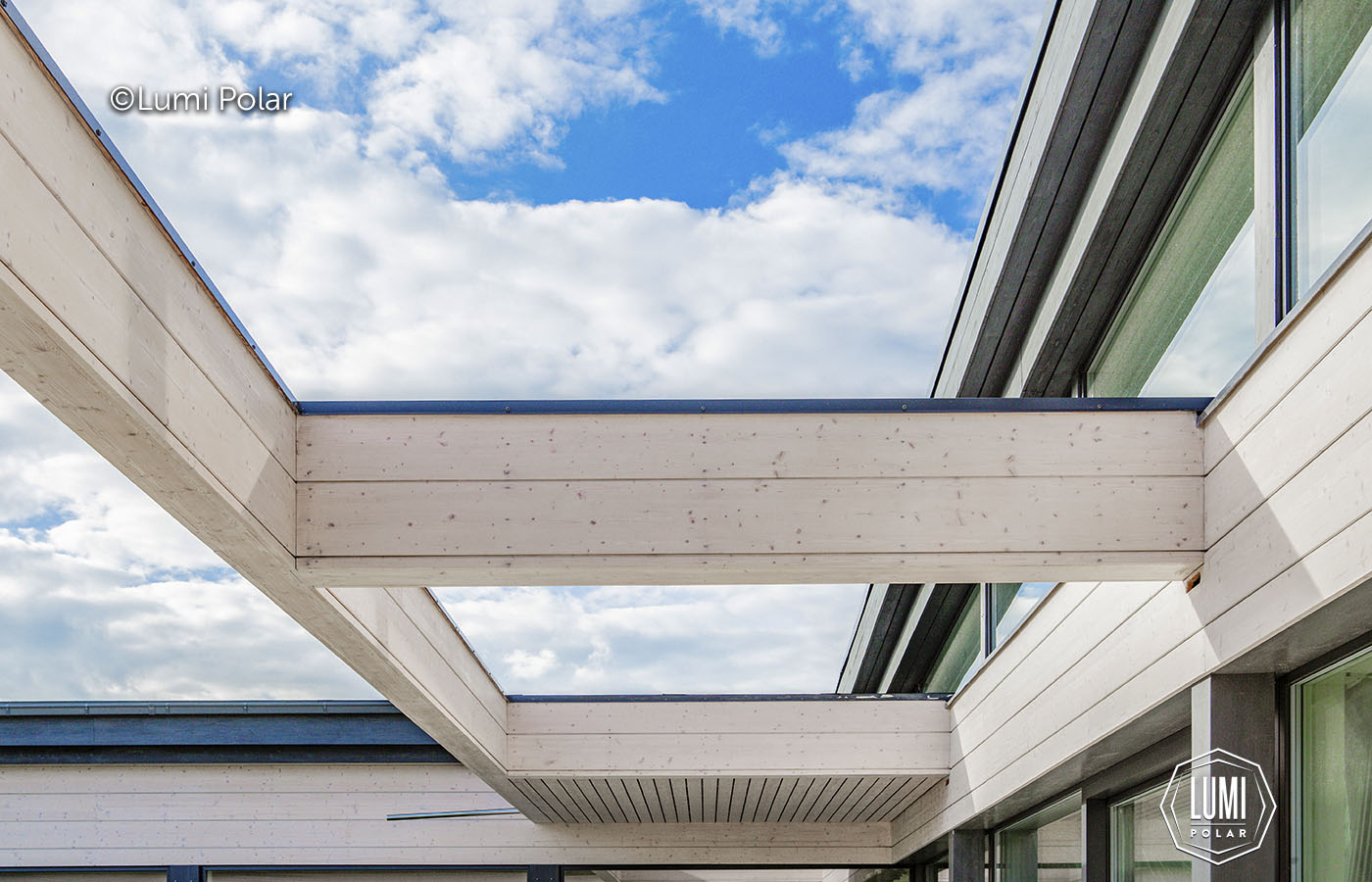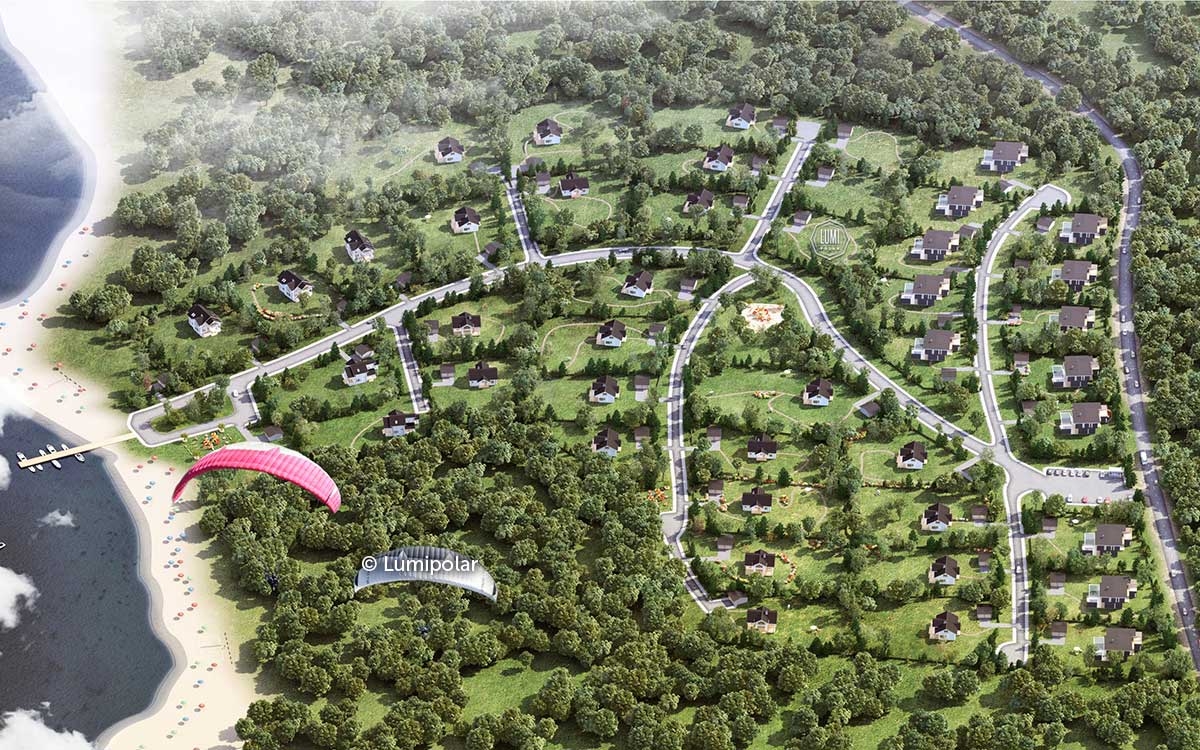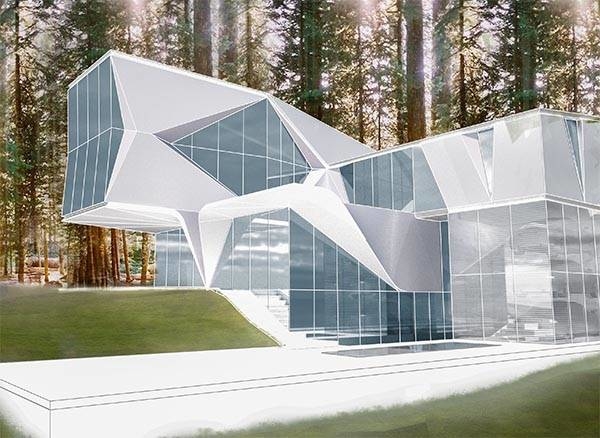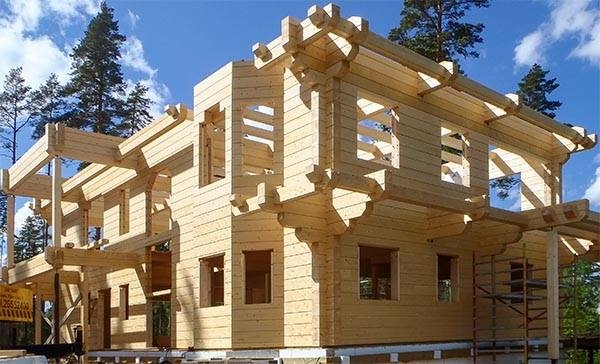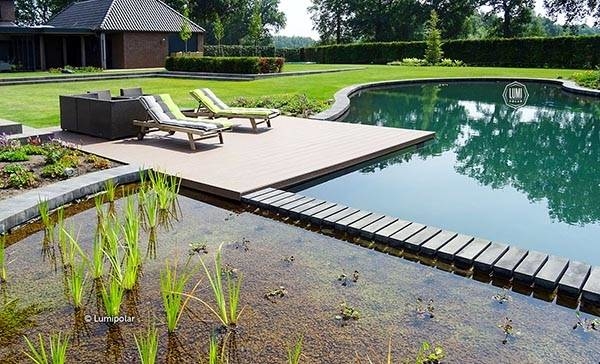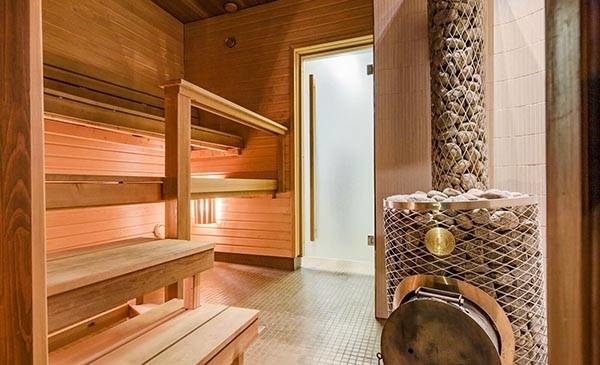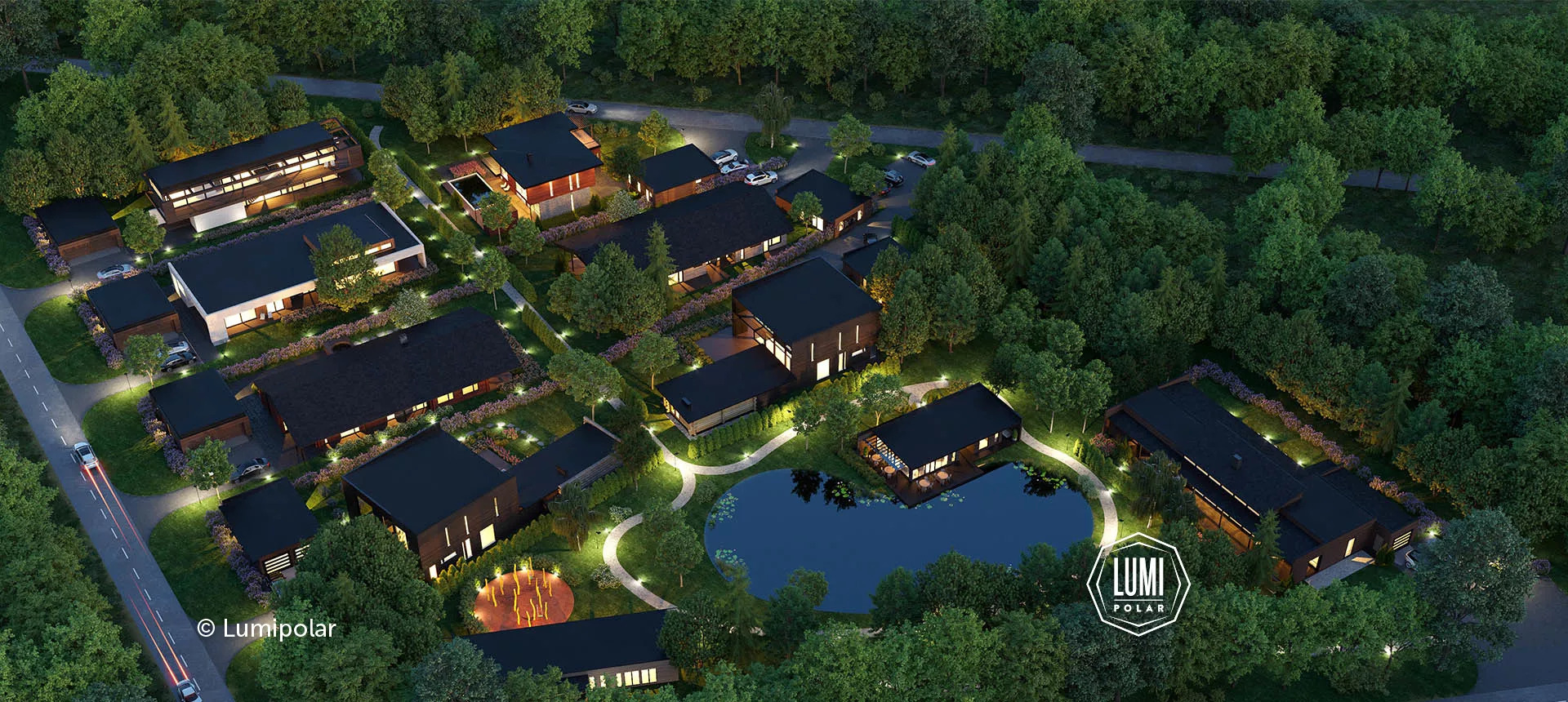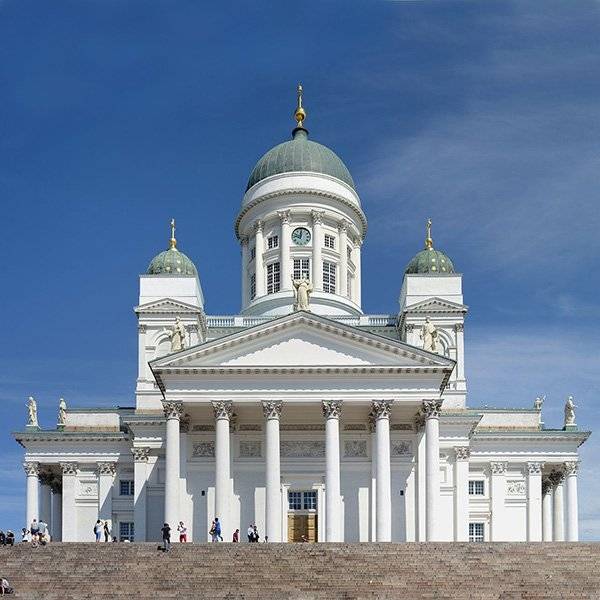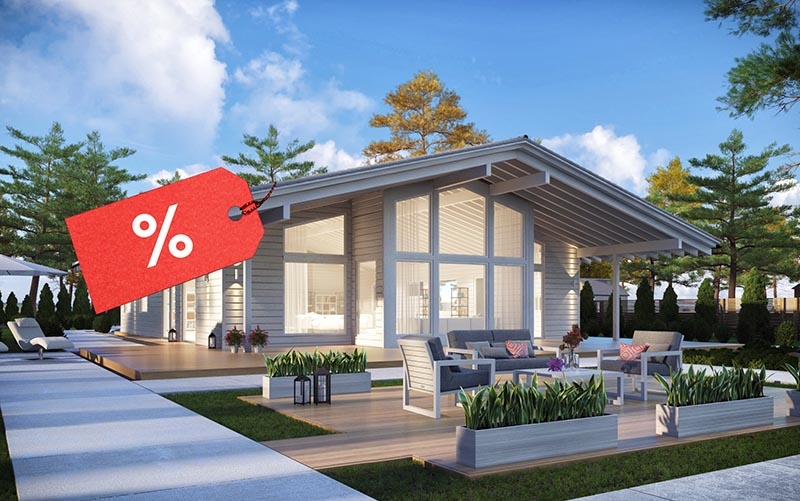No shocks!
Nature is generous with its wealth, but unfortunately, it is also rich in natural disasters. One of the problems complicating the construction is earthquakes. Is it possible to build houses from timber in seismically dangerous areas? We answer with confidence: Yes! Moreover, according to statistics, this is the safest solution.
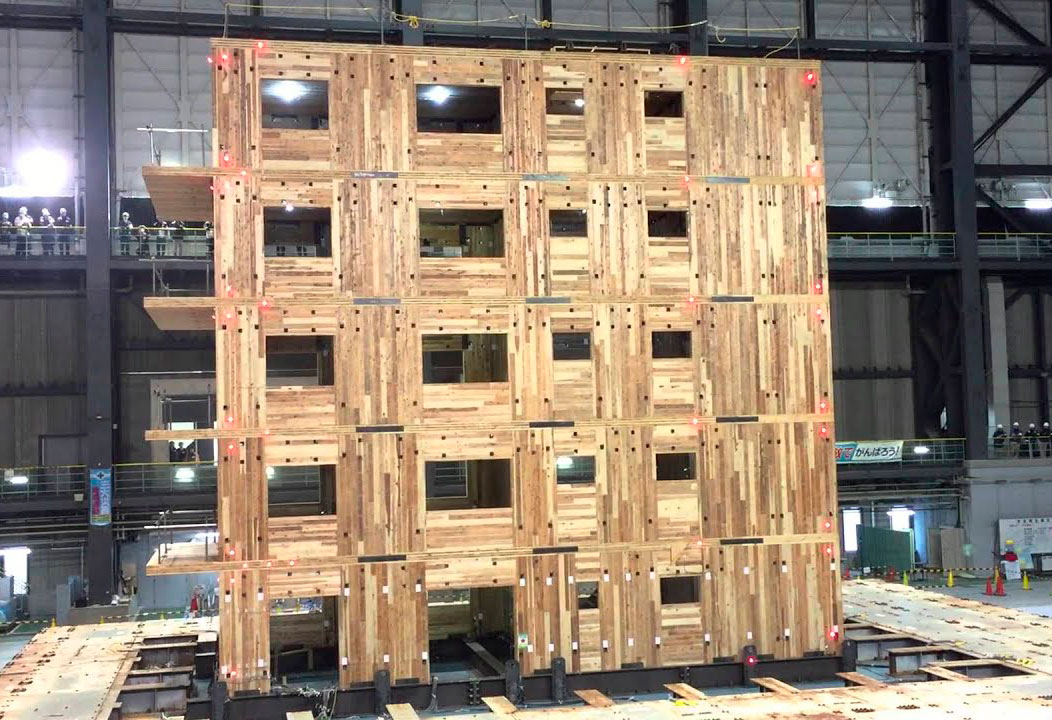
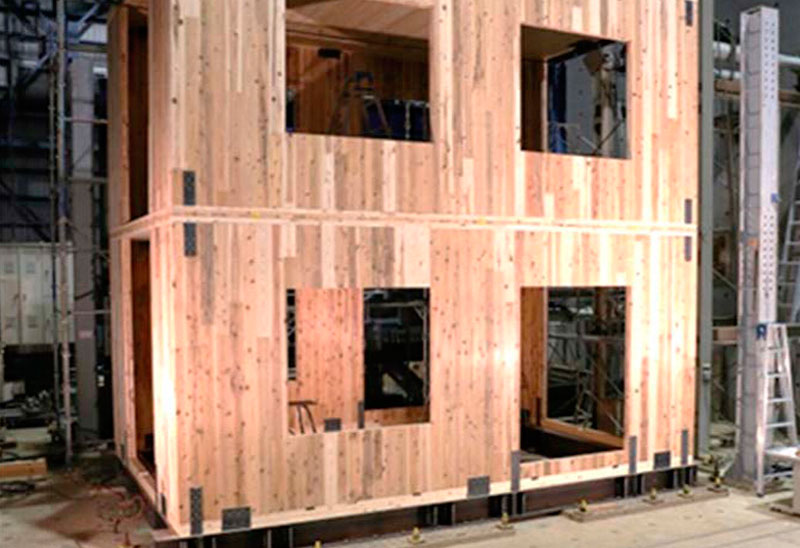
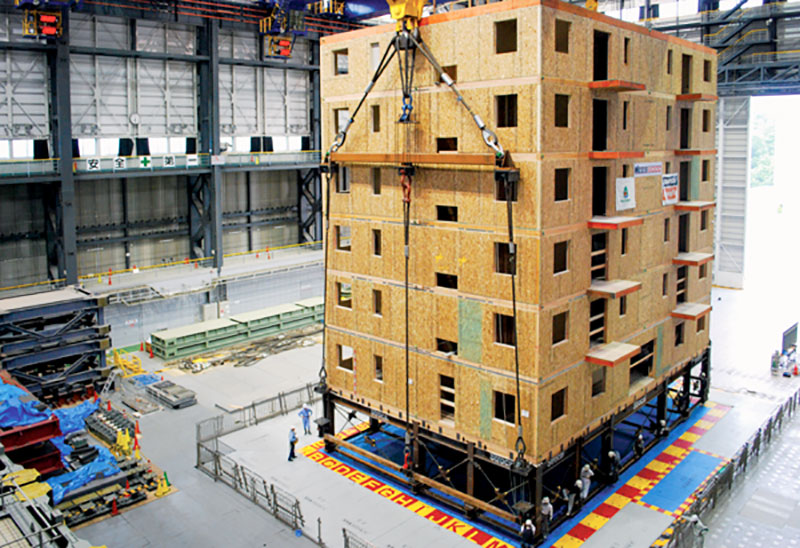
After the strongest earthquake in Kobe (Japan) in 1995, only low-rise timber buildings survived. Also in Japan, a 7-storey house built of CLT panels was tested on a special vibration platform. He survived 14 aftershocks of a magnitude of 7-8 points.
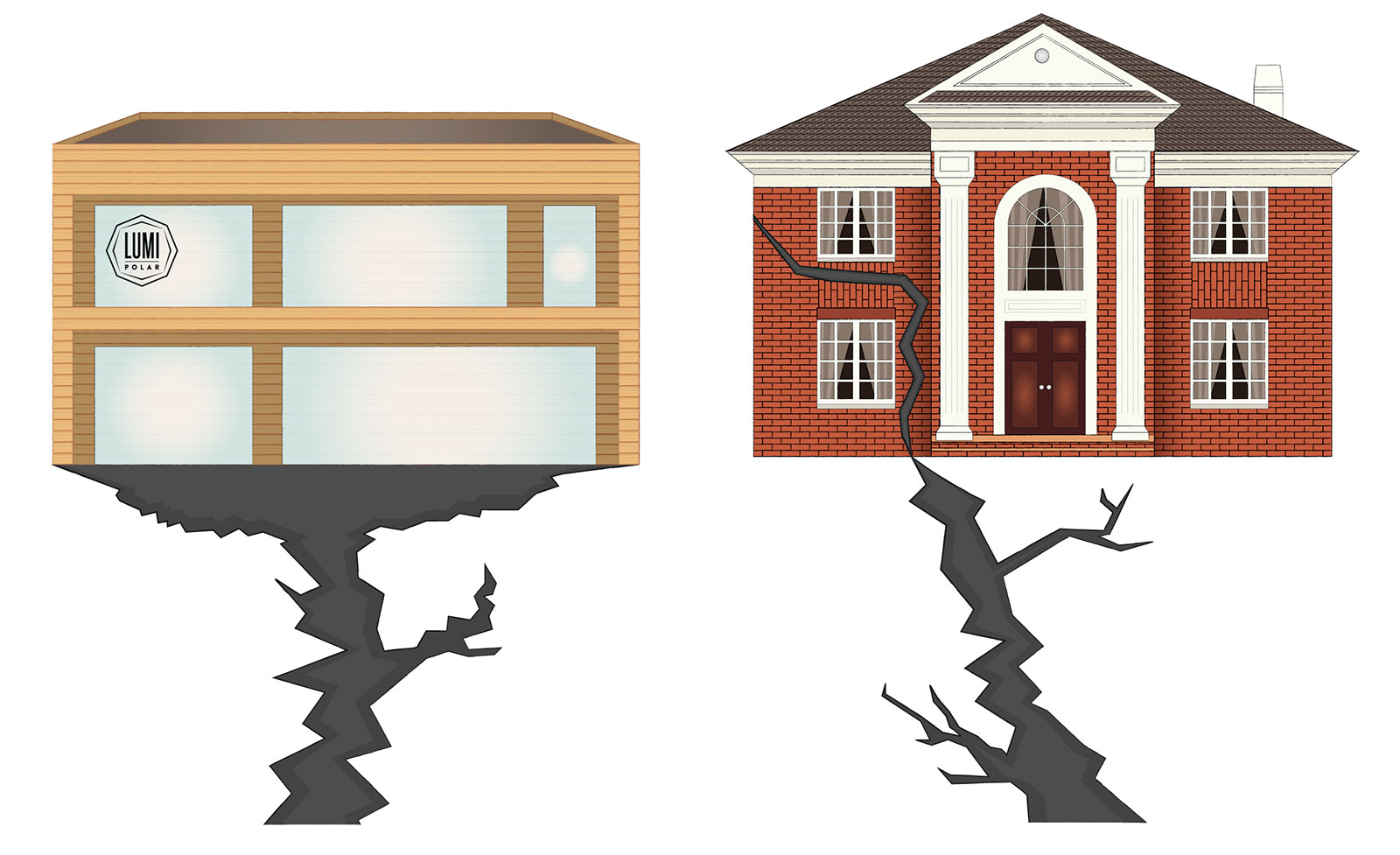
Why earthquakes occur
The vast majority of them are tectonic in nature. Tectonic plates that are in motion, accumulate potential energy. When the tension reaches a critical point exceeding the friction force, energy is released. The earth's surface is experiencing shocks and fluctuations. Besides tectonic, there are also anthropogenic, volcanic, landslide and earthquake.

Earthquake prediction is one of the most difficult tasks facing science. However, there are seismic danger zones where tremors occur much more frequently.
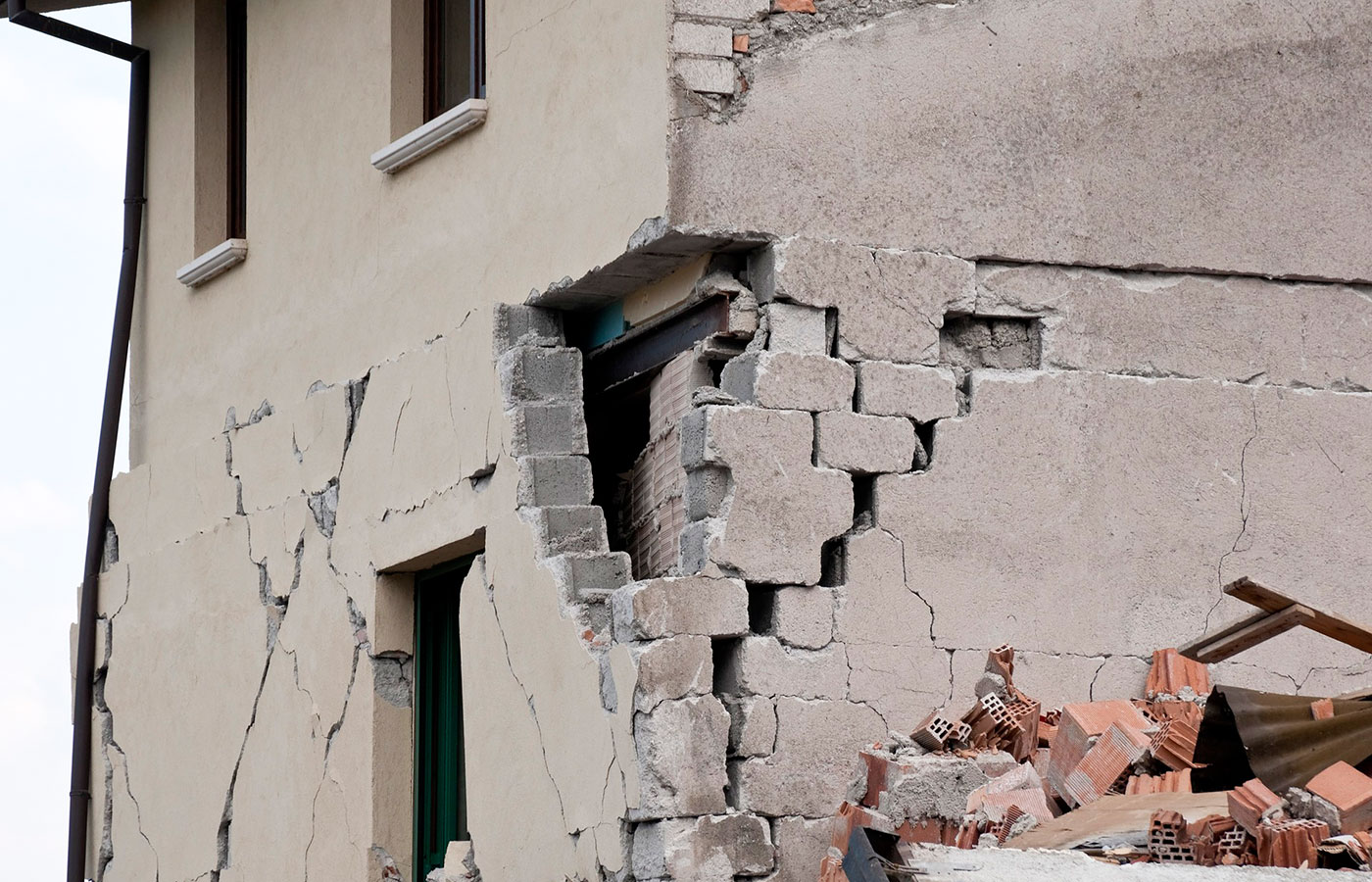
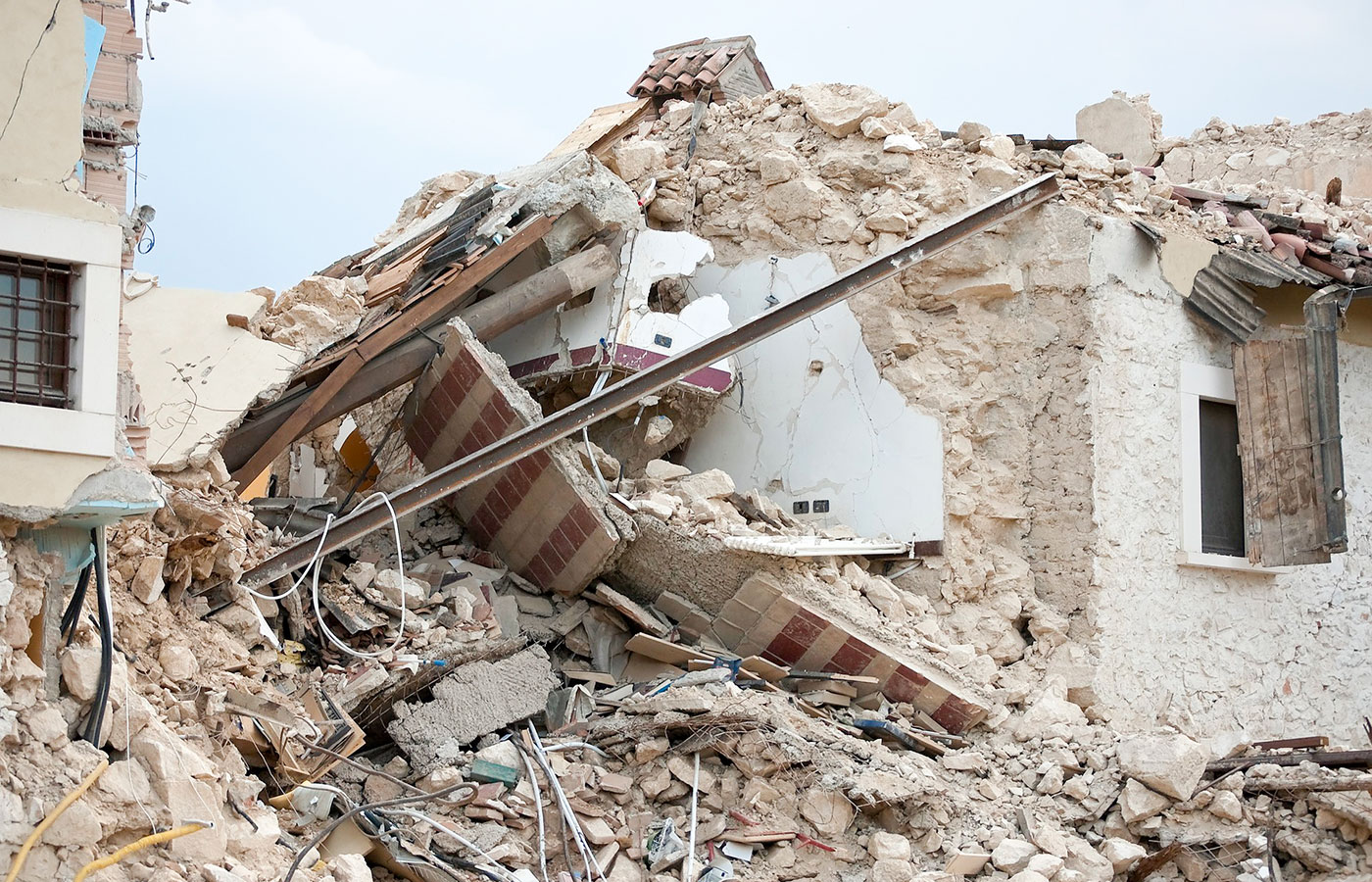
The strength and magnitude of an earthquake are different concepts. Magnitude – the energy of waves underground - is measured on the Richter scale from 1 to 9 points. But the tremors on the surface of the earth have a 12-point measurement. Tremors 9 and higher scores are considered to be destructive.
What happens to buildings in tremors
Houses at the time of the earthquake repeat the movement of waves – not only up and down, but also horizontally. So, some parts of the building expand and others narrow down. For high-rise buildings which were built by old technologies, a special danger is the displacement of the lower floors in relation to the upper. As a result of cracks on the walls and ceilings of the house can just "emerge".
Earthquake-resistant construction is a set of measures aimed at ensuring that the house can withstand shocks with a force of 9 and above points:
- Proper design;
- Correct location;
- Quality construction.
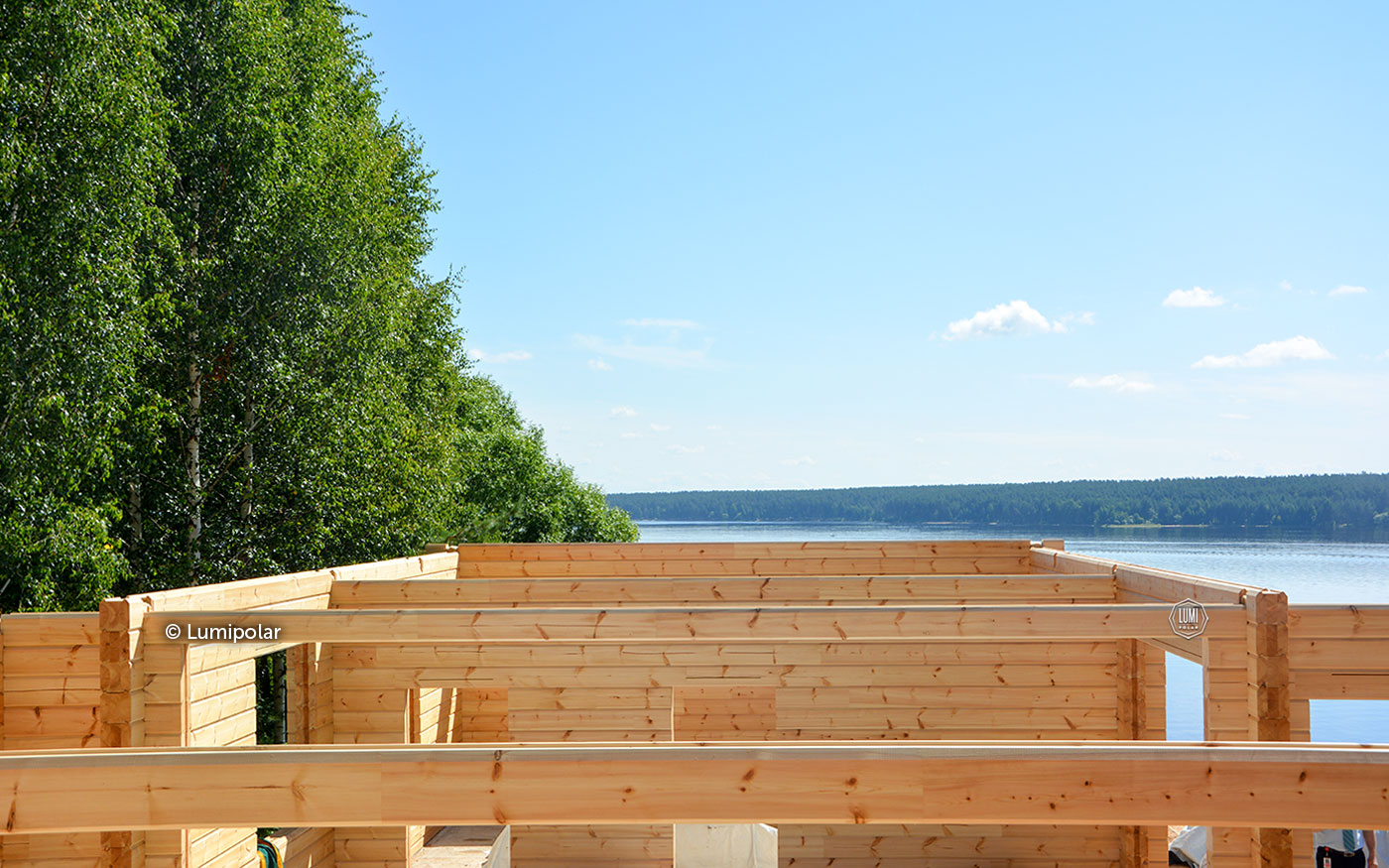
Low-rise houses made of wood – the most reliable shelter in earthquakes. Due to the relative lightness of the walls and a small load on the Foundation, a strong bunch of crowns such buildings will move with tremors as a whole, without cracking or collapsing.
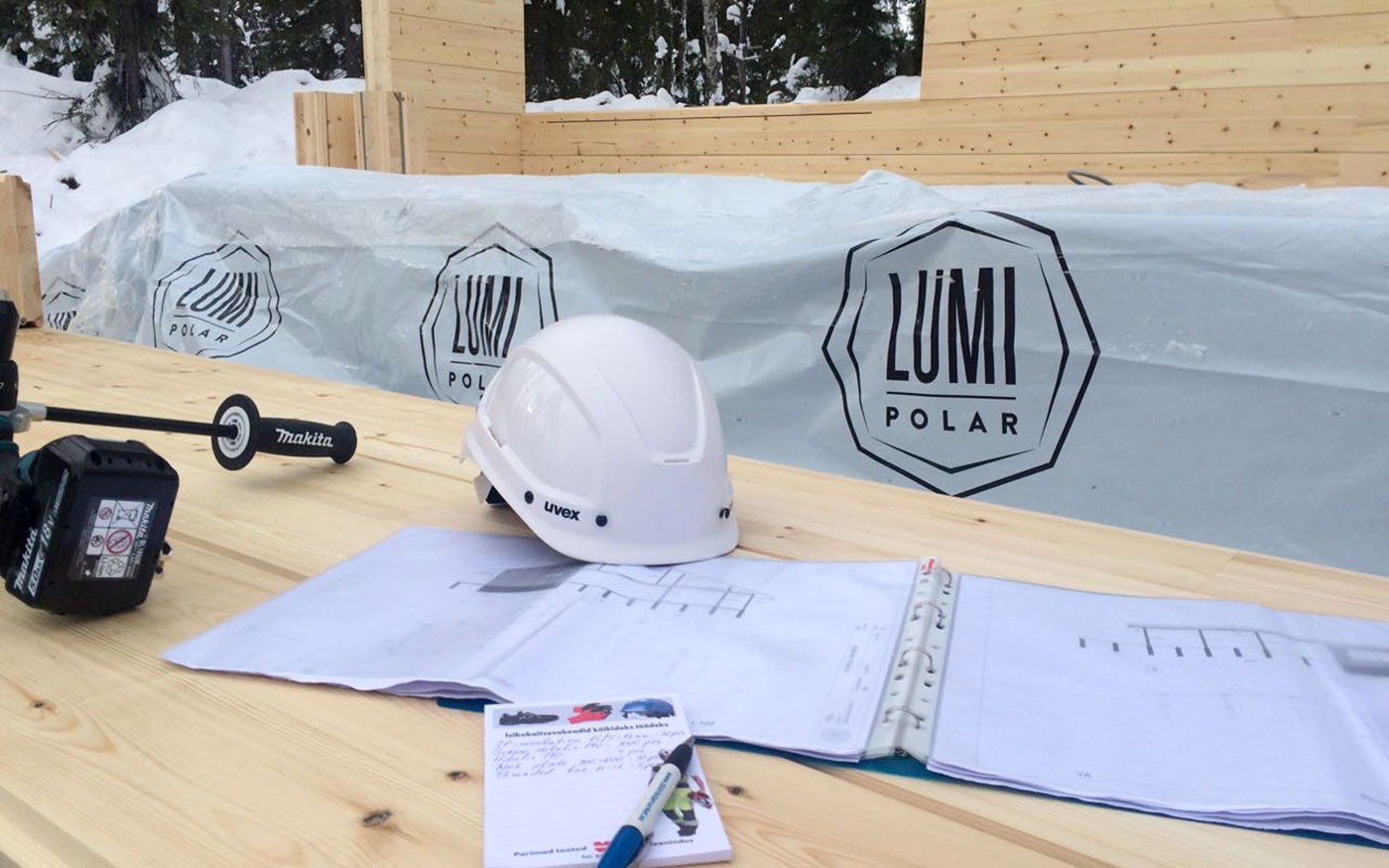
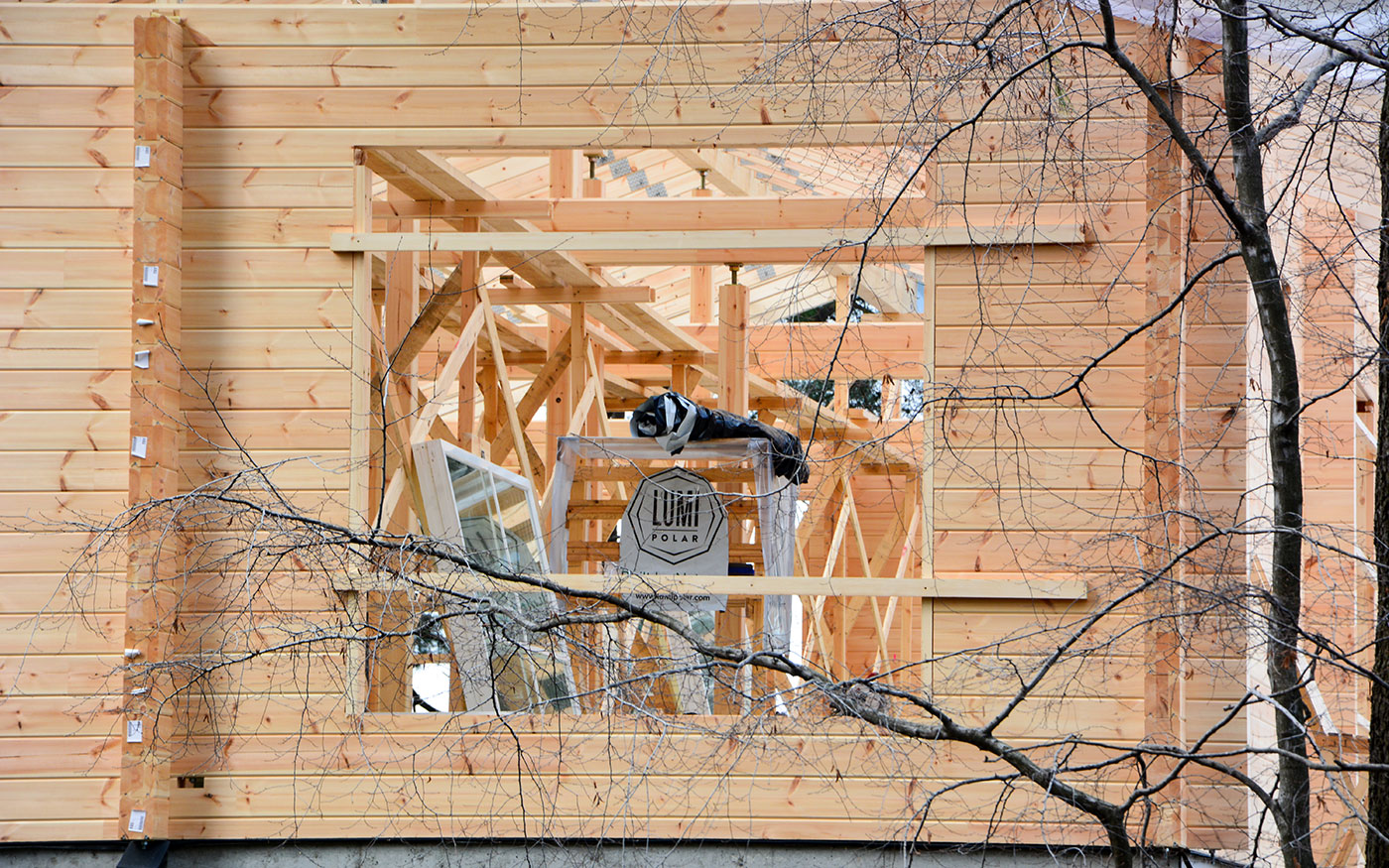
Lumi POLAR wooden houses
Finland has been supplying timber houses to seismic regions for more than 30 years. We have established long-standing and strong ties with Japan, where the Ministry of construction drafted its own instructions for manufacturers of wooden houses.
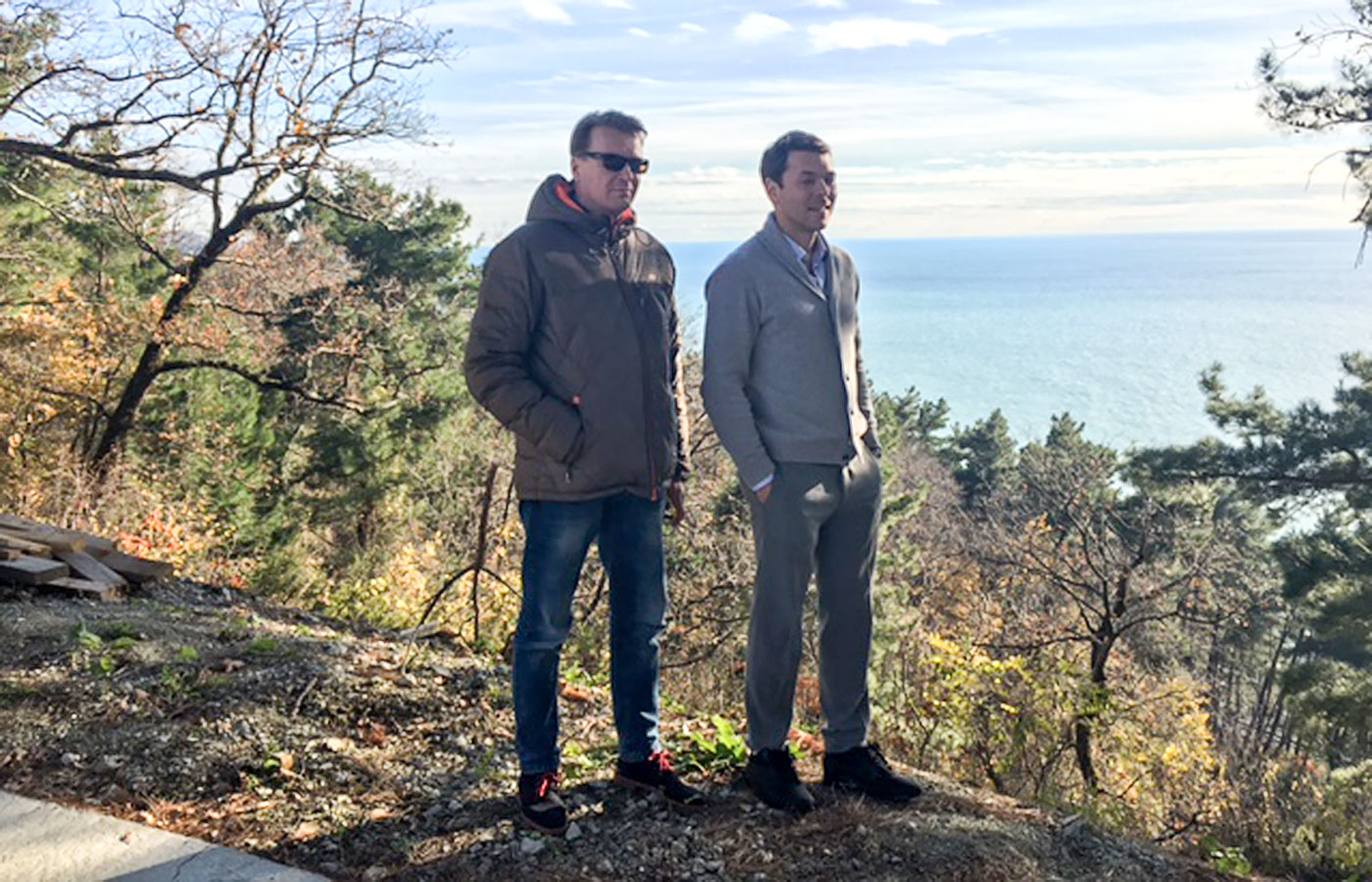
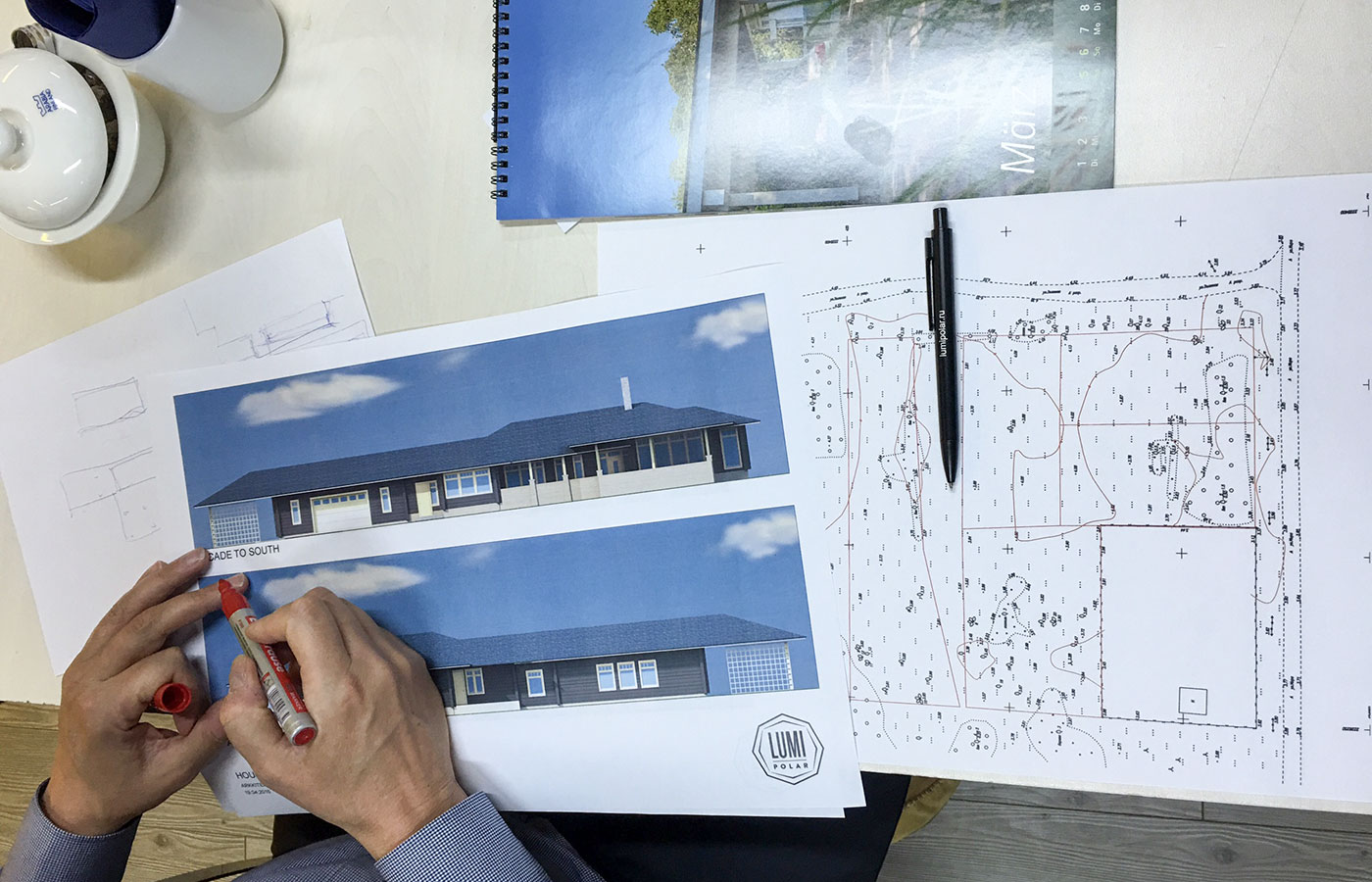
During house designing, we use our own experience and the experience of other manufacturers and approach the task with maximum responsibility:
- We study the history of earthquakes in the location of construction, especially the soil. If its necessary, seal it, layer by layer ramming.
- Make reinforcement of the Foundation. The lower surface is covered with mineral gravel, cork or crushed rubber – the method is selected in each case on the spot. This allows quenching of the released earth energy – like a car suspension softens and absorbs shocks during movement.
- Add rigidity and ligament in the frame, the internal partitions are built of timber, not metal, stone or frame method.
- We take into account all the nuances in the laying of utilities.
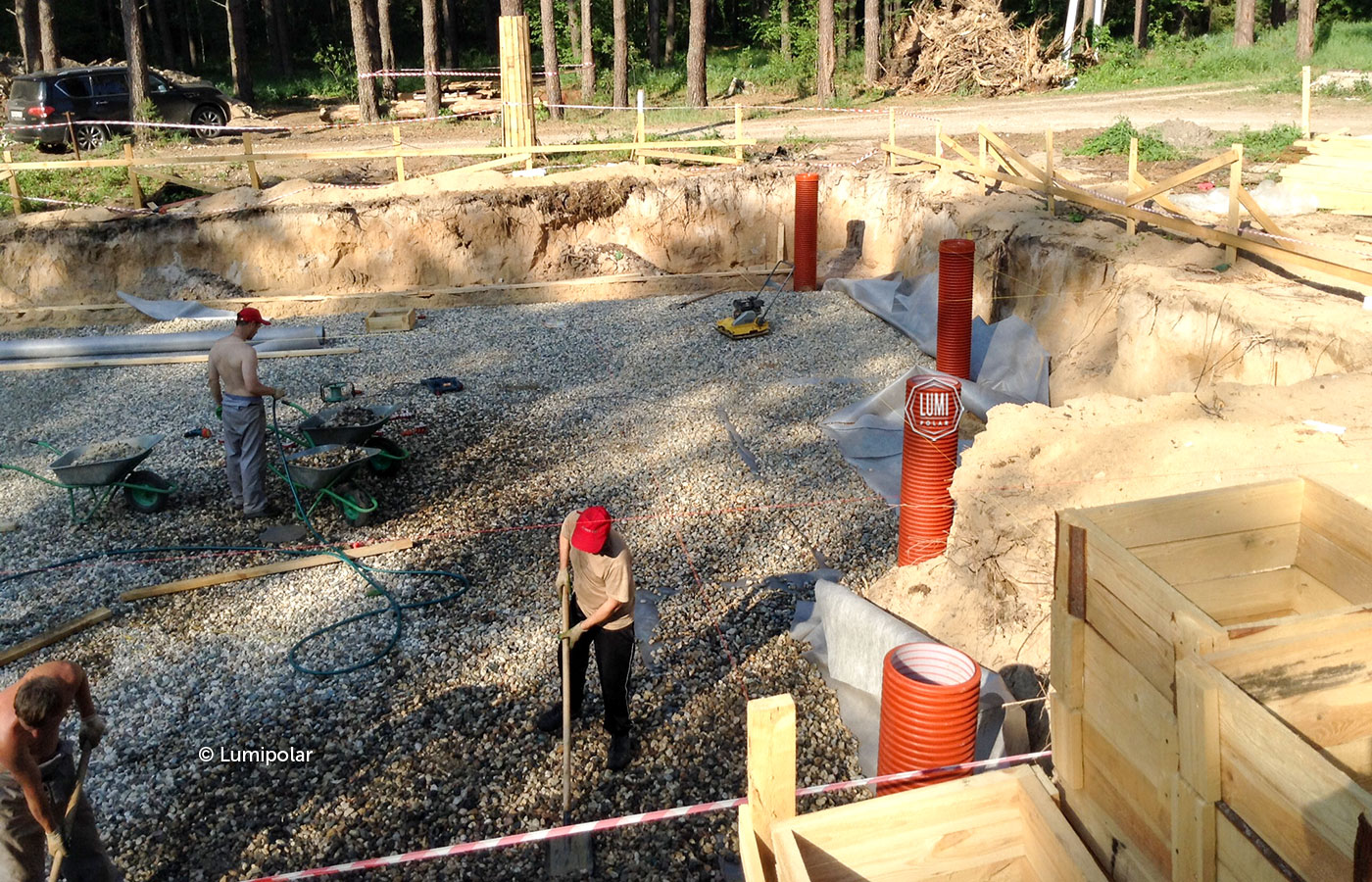
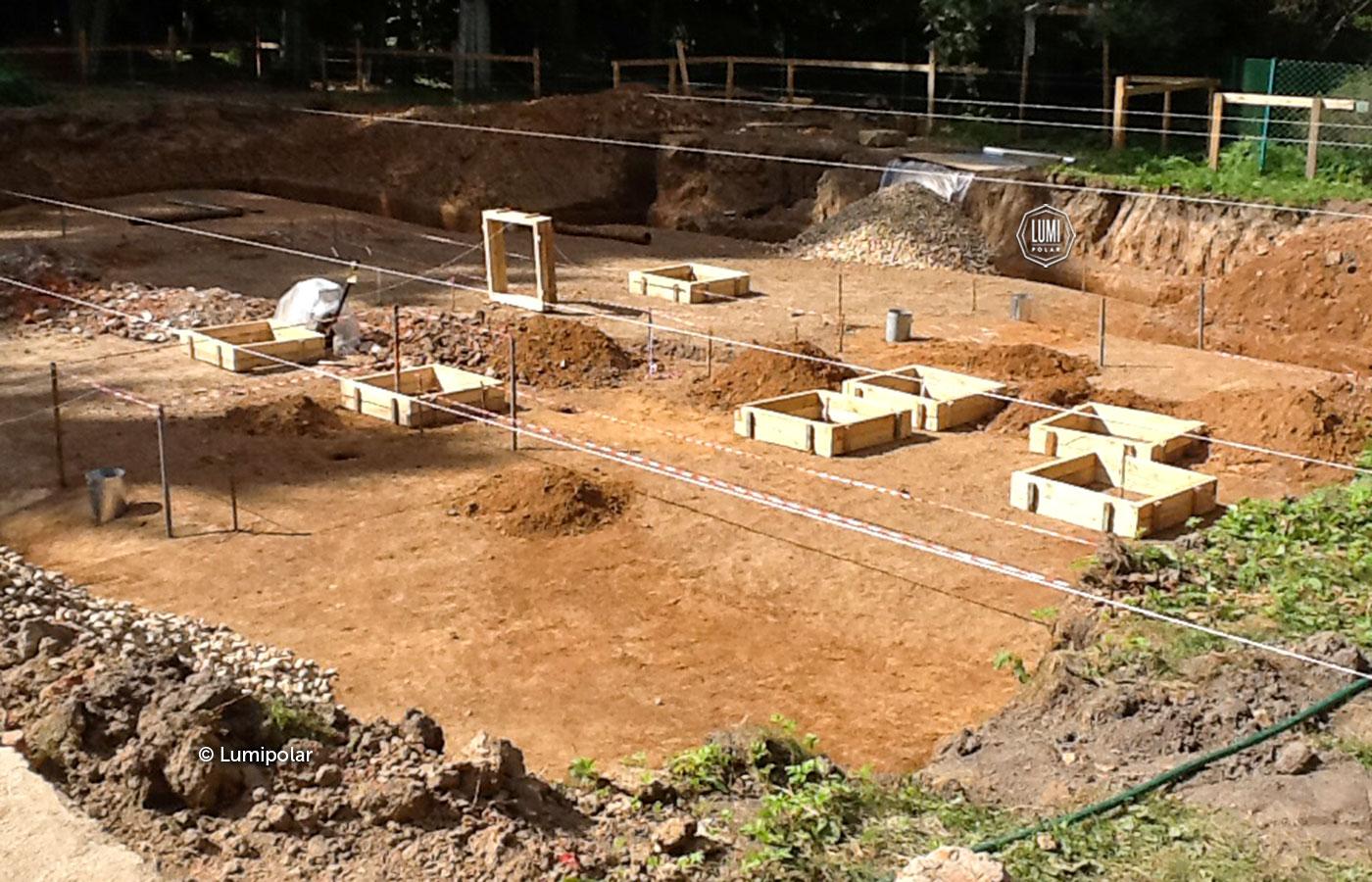
It is obvious that the world is entering an era of natural disasters. While seismologists around the world are working on the ability to reliably predict tectonic activity, engineers and builders face the challenge of developing sustainable and reliable homes that will protect their inhabitants. And the best prospects here are revealed in the natural material – wood!
That's so interesting the way our world is.
